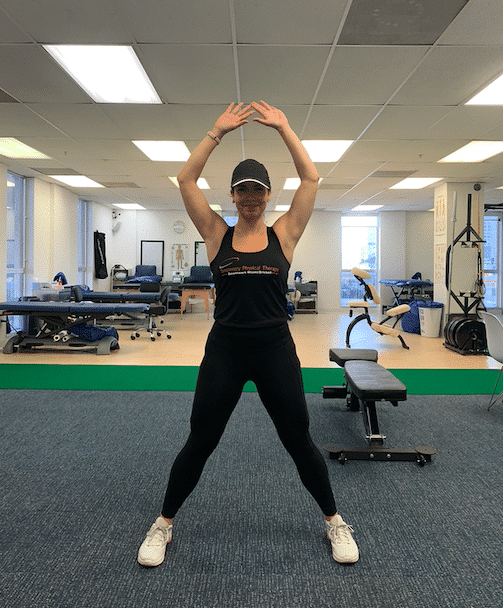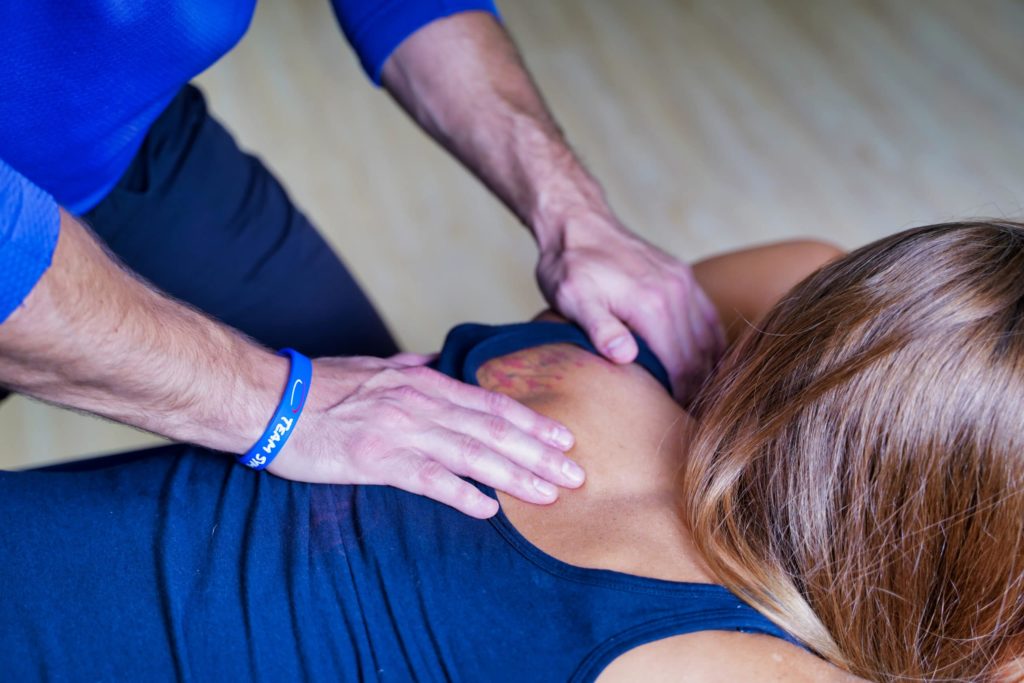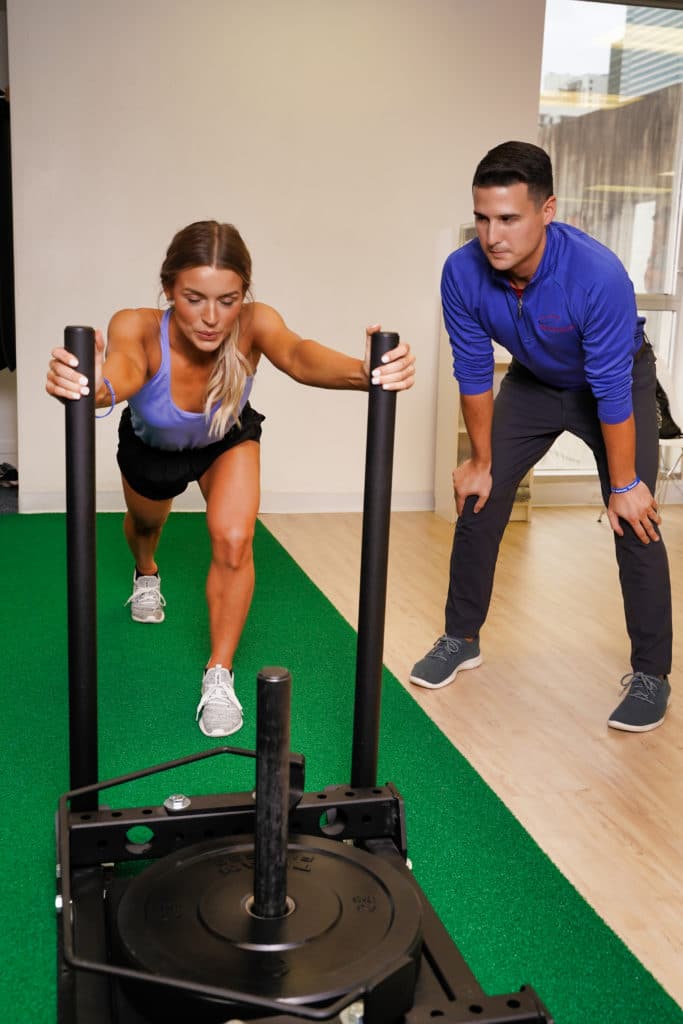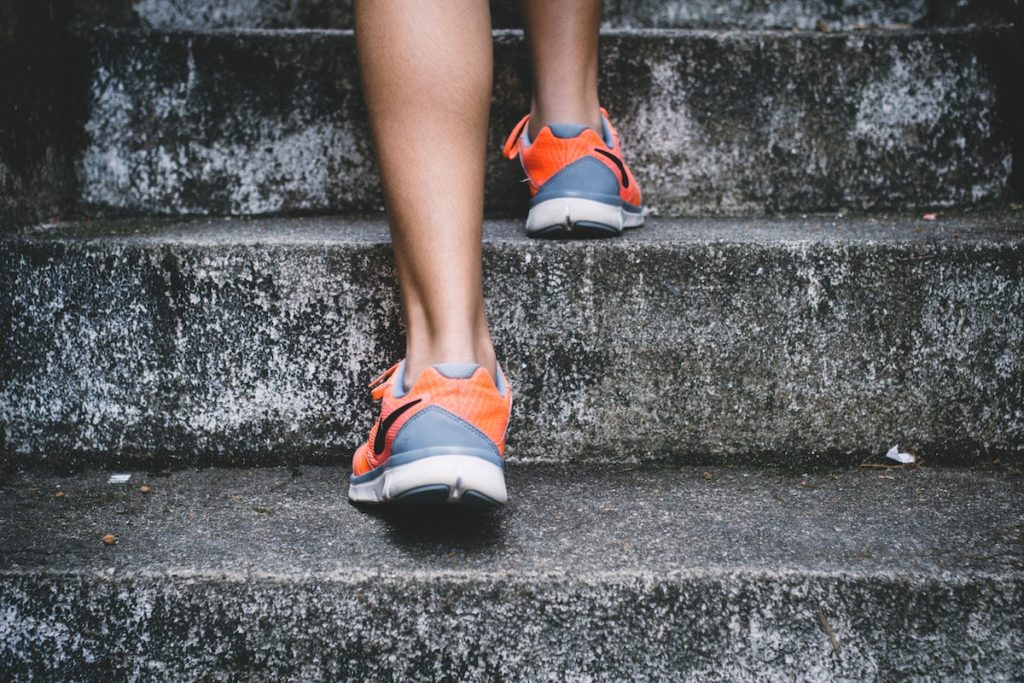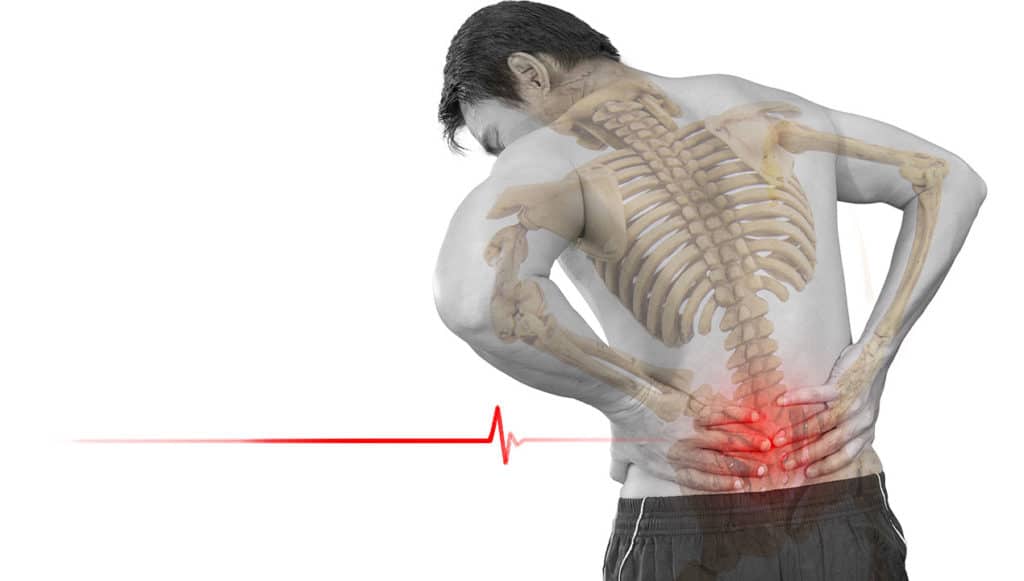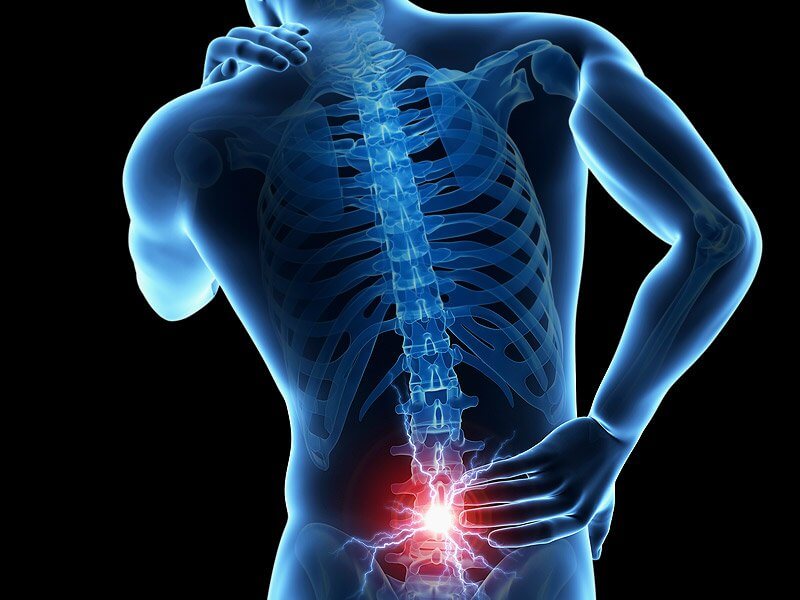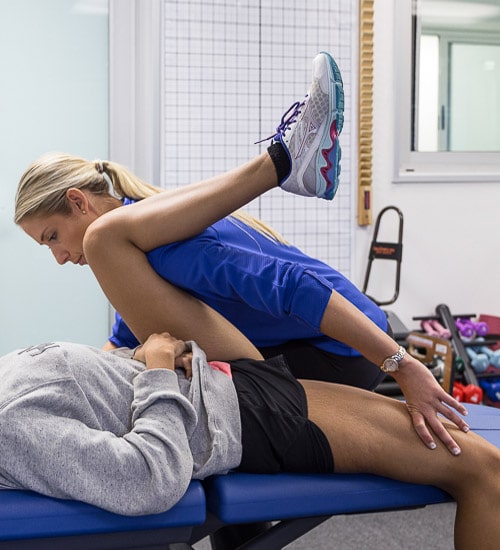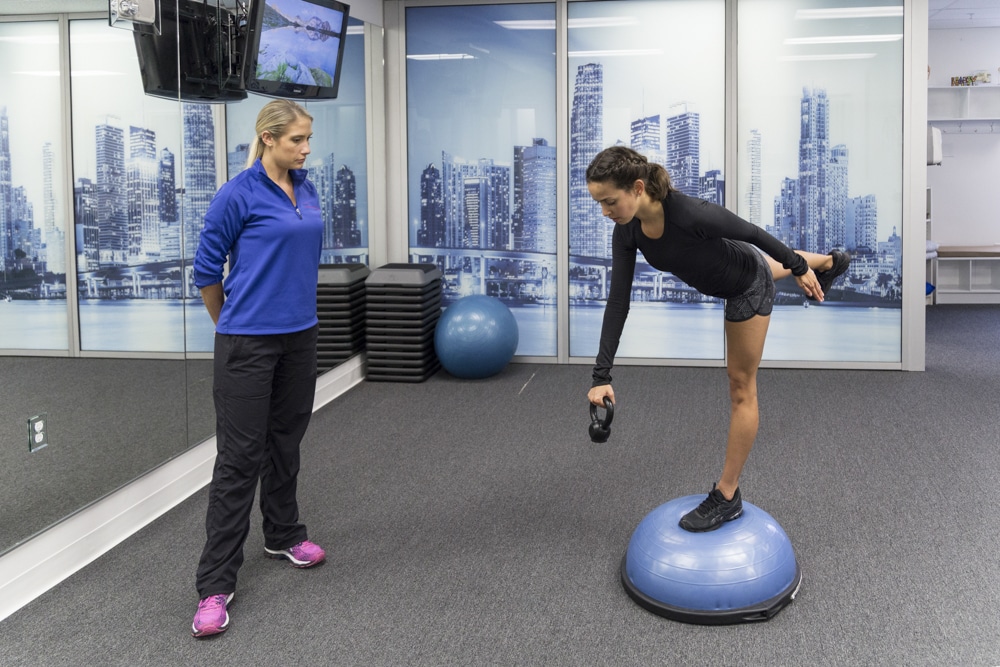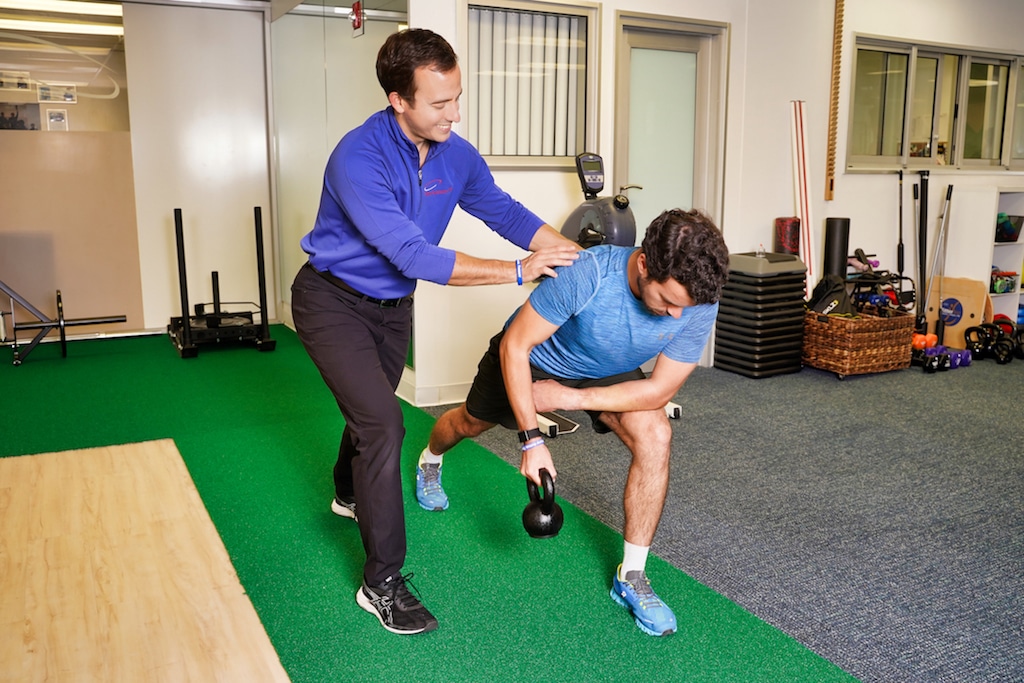Posts Tagged ‘miami physical therapy’
What is the Core?
What is the “CORE”? The “core” receives a lot of publicity in today’s society and fitness world. However, there is a lot of confusion about what the term “core” really means. Despite popular belief, having strong and stable core muscles goes beyond having six pack abs. It is possible to have a visible six pack,…
Read MoreYour Brain on Massage
The Brain’s Response First, massage can be and beneficial for your overall health. A massage can improve the body’s physical state. Massage has not always been considered as an actual form of therapy. It has to gain medical legitimacy. This can be achieved through evidence-based practice. Also, it’s crucial to educate others about how massage therapy…
Read MoreSelective Functional Movement Assessment
What is the Selective Functional Movement Assessment? The Selective Functional Movement Assessment (SFMA) is a clinical assessment tool. It is used to determine a movement diagnosis for those who experience pain. A movement diagnosis is different from a typical medical diagnosis because it focuses on movement. Here at Symmetry Physical Therapy, we are able to…
Read MoreRunning Tips & Tricks
How to get to the finish line One of the most popular events in Miami is taking place this month- the Miami Corporate Run! We here at Symmetry are passionate about exercise and sports performance. We will briefly discuss how to address the run from your running form, injury prevention, and general nutrition. Here are…
Read MoreThe Benefits of Massage Therapy
How Massage Therapy Can Benefit Your Mental and Physical Health The benefits of massage can be an integral component in your self-care. When was the last time you had a massage? A massage is usually reserved for special occasions. Despite how great we feel, most of us don’t think about getting another massage until our…
Read MoreBack Pain: Why is it important to receive early physical therapy?
Intro to Back Pain Say you decide to play a friendly game of tennis with a friend after work and you tweak your back. Or even you go to pick up your four year old grandson and something just doesn’t feel right in your low back after words. Back pain can be extremely painful and…
Read MoreThe Diaphragm and Lower Back Pain?
Low back pain is a very common orthopedic condition that brings people to physical therapy. There are many factors that play into an individual’s back pain, making it one of the hardest areas of the body to treat. Recent literature has keyed in on breathing patterns and diaphragm dysfunction as a factor contributing to lower…
Read MoreFlexibility vs. Mobility: What’s the Difference?
Chances are you’ve seen an Instagram account or two (or ten) promoting mobility challenges. These include exercises that require motion at many joints to perform correctly. So you’re probably thinking, I can stretch for 5 minutes and then try this exercise again with a better result. By doing this, you might not see the results…
Read MoreBenefits of Unilateral Exercise
Unilateral means “one sided”; an exercise performed on one side of the body, or with one limb. Bilateral means “both sides”; an exercise performed with both sides of the body or with both limbs. For example, a piston would be considered a unilateral exercise, where a squat would be considered a bilateral exercise. Unilateral…
Read MoreThe Strategies to Maintain Balance
What are strategies for balance? As humans, we have evolved methods to take in order to preserve our bodies to the best of our abilities. One of these remarkable mechanisms is how we maintain our balance as a bi-pedal (two-legged) species. It important that we have strategies for balance. It’s our bodies very own unconscious…
Read More
